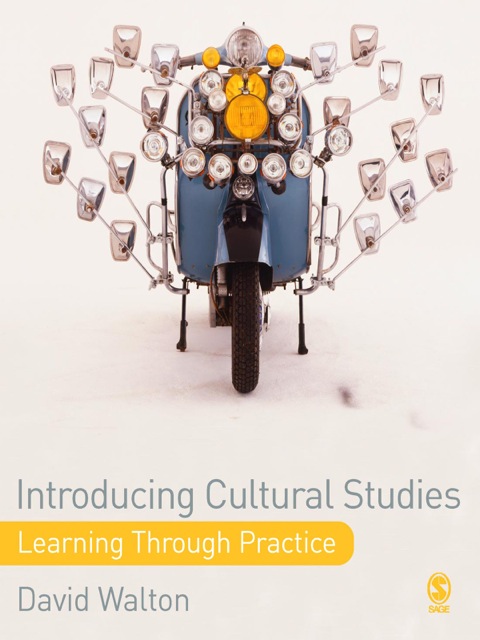Description
Efnisyfirlit
- Cover Page
- Title Page
- Copyright Page
- Dedication
- Contents
- Acknowledgements
- Introduction: A few preliminary notes to the reader (or, why read this book?)
- Part One: High Culture Gladiators: Some Influential Early Models of Cultural Analysis
- 1 Culture and Anarchy in the UK: a dialogue with Matthew Arnold
- 2 The Leavisites and T.S. Eliot combat mass urban culture
- 3 Adorno, the Frankfurt School and the ‘culture industry’
- Part Two: The Transformative Power of Working-class Culture
- 4 From a day out at the seaside to the milk bar: Richard Hoggart and working-class culture
- 5 E.P. Thompson and working-class culture as a site for conflict, consciousness and resistance
- 6 Towards a recognizable theory of culture: Raymond Williams
- Part Three: Consolidating Cultural Studies: Subcultures, the Popular, Ideology and Hegemony
- 7 Introducing Stuart Hall: the importance and re-evaluation of popular mass culture
- 8 Youth subcultures and resistance: a dialogue with Quadrophenia
- 9 Subcultures and widening horizons: further strategies for practice
- 10 How to dominate the masses without resorting to the Inquisition: Antonio Gramsci and hegemony theory
- 11 A few ways you might adapt Louis Althusser’s ideas to cultural studies: a dialogue with Dr Jekyll and Mr Hyde
- Part Four: Probing the Margins, Remembering the Forgotten: Representation, Subordination and Identity
- 12 Crying Woolf! Thinking with feminism
- 13 Adapting theory to explore race, ethnicity and sexuality: the case of East is East
- Part Five: Honing your Skills, Conclusions and ‘Begin-endings’
- 14 Consolidating practice, heuristic thinking, creative cri-tickle acts and further research
- Index





